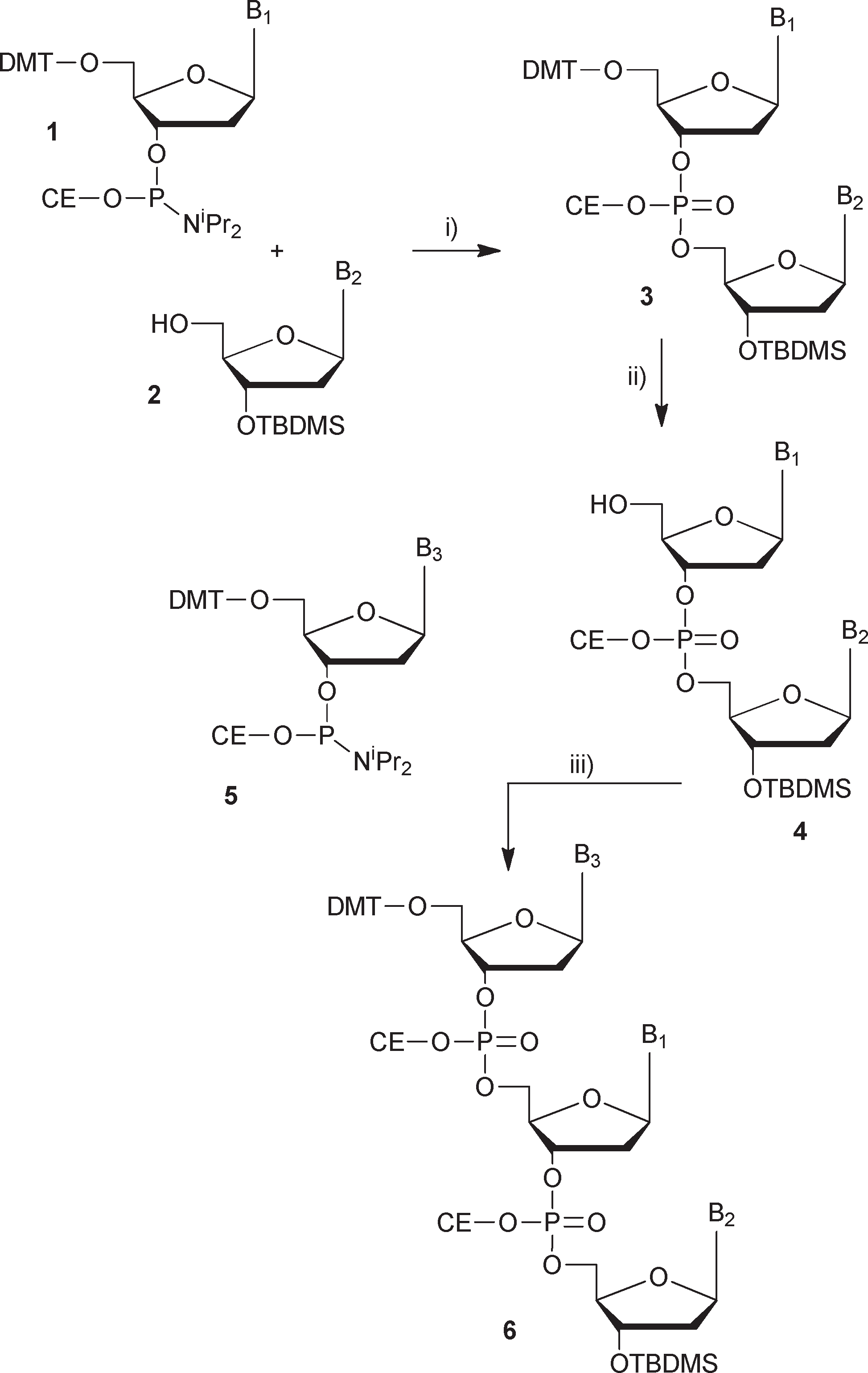Trichloroacetic Acid
CAS number: 76-03-9
Trichloroacetic acid, solid is a colorless crystalline solid. It absorbs moisture from air and forms a syrup. It is soluble in water with release of heat. It is corrosive to metals and tissue.
Related images
Related Questions and Answers
A: Trichloroacetic acid (TCA) induces oxidative stress and inflammation in the gastrointestinal tract by increasing lipid peroxidation (measured by MDA levels) and myeloperoxidase (MPO) activity, while decreasing the activities of antioxidant enzymes such as superoxide dismutase (SOD), catalase (CAT), and glutathione peroxidase (GPx). TCA also upregulates the expression of pro-inflammatory cytokines TNF-α and IL-1β, and activates the NF-κB signaling pathway, which further promotes inflammation. These effects lead to significant histopathological changes, including disruption of the gastric pit, derangement of surface epithelium, and infiltration of inflammatory cells in the stomach and intestine.
A: Virgin coconut oil (VCO) mitigates the effects of trichloroacetic acid (TCA) on the stomach and intestine of rats by suppressing lipid peroxidation, enhancing the antioxidant defense system, and inhibiting the TNF-α, IL-1β/NF-κB signaling pathway. The study found that VCO, either alone or in combination with 5-fluorouracil (5FU), reversed the TCA-induced decrease in antioxidant enzyme activities (SOD, CAT, GPx, and Nrf2) and the increase in inflammatory markers (MDA, MPO, TNF-α, IL-1β, and NF-κB). Histopathological examination also showed that VCO reduced TCA-induced damage to the gastric and intestinal tissues, including reducing parietal cell mass and inflammatory cell infiltration, and enhancing mucous and goblet cell density. The combination of VCO with 5FU provided additional protection against TCA-induced oxidative stress and inflammation.
A: In the electrochemical biosensor for detecting TCA and NaNO2, HRP serves as the catalytic component that facilitates the redox reactions necessary for detecting these analytes. The HRP is immobilized on the MWCNTs-BP nanocomposite-modified electrode, which enhances its electron transfer efficiency by providing a direct communication pathway between the enzyme's active center and the electrode surface. This results in improved sensitivity and detection limits for TCA and NaNO2.
A: The MWCNTs-BP nanocomposite enhances the performance of the electrochemical biosensor by improving electron transfer and interfacial conductivity. The synergistic effects of BP and MWCNTs significantly increase the specific surface area and charge transfer efficiency, allowing efficient direct communication between horseradish peroxidase (HRP) and the electrode. This results in excellent sensitivity for TCA and NaNO2 detection, with linear ranges of 3.0–558.0 mmol/L (LOD as 1.0 mmol/L) for TCA and 0.1–13.6 mmol/L (LOD as 0.03 mmol/L) for NaNO2. The biosensor also demonstrates strong practical applicability in detecting TCA and NaNO2 in real samples like medical facial peel solutions and pickled vegetable soaking water.
